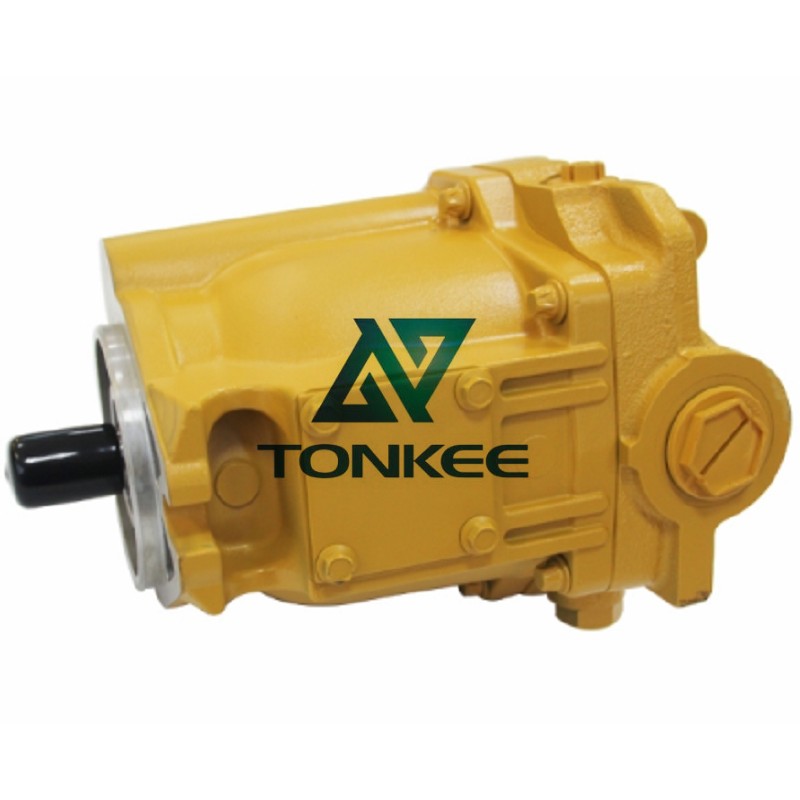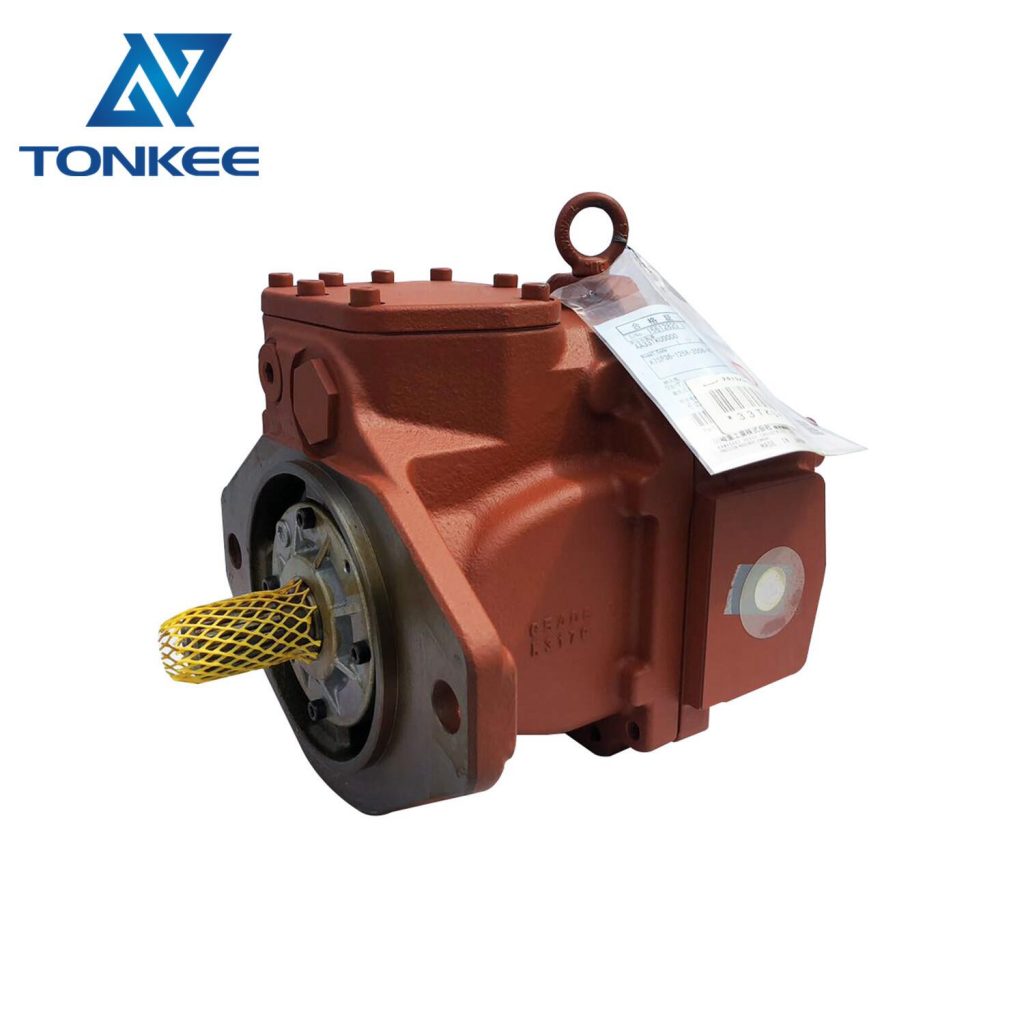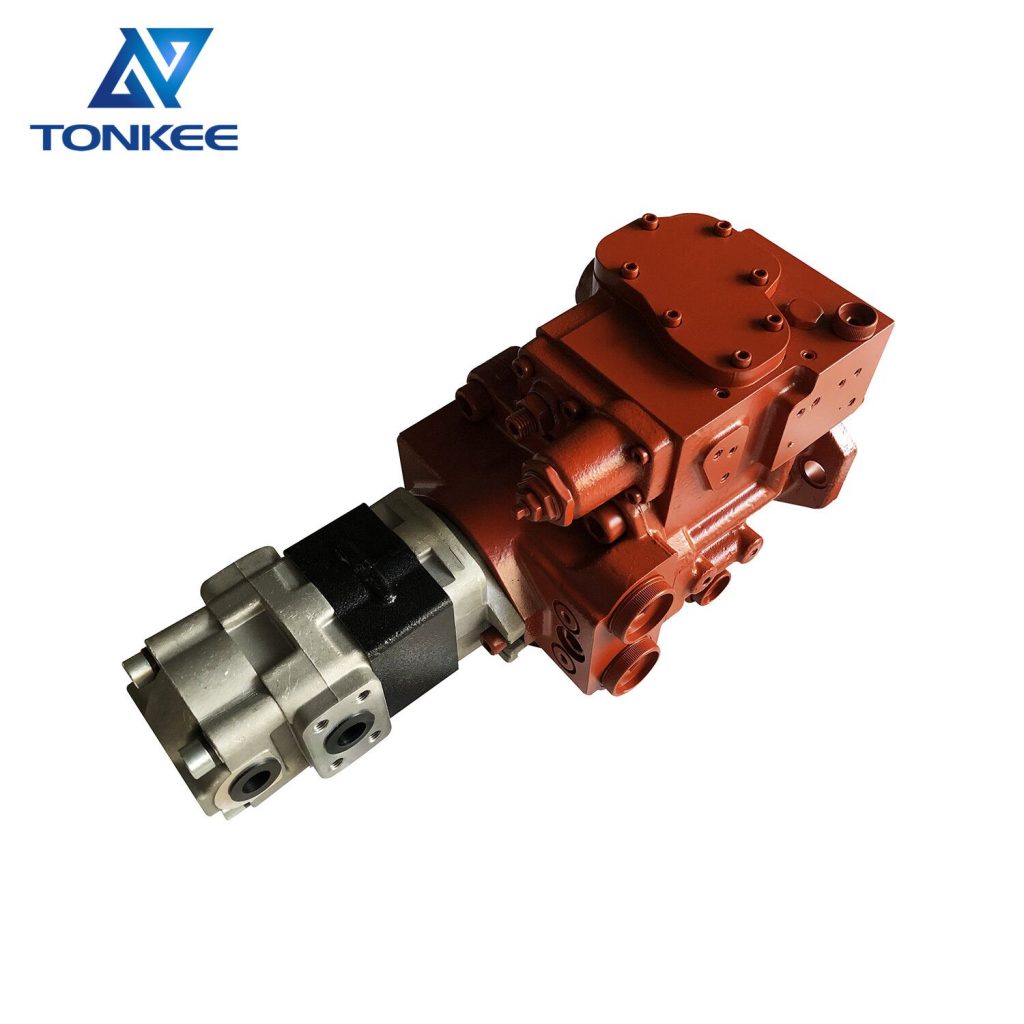
The 9T4104 Piston Pump is a radial, variable displacement pump designed to convert mechanical energy into hydraulic power.
It features a sturdy and compact construction, making it suitable for use in demanding environments. The primary components of this pump include the housing, piston assembly, swashplate mechanism, and control elements.
The housing is typically made from high-strength materials such as cast iron or steel, ensuring durability and resistance to wear and tear. Within the housing, the piston assembly consists of a set of pistons that move in and out of cylinders, generating hydraulic pressure. The swashplate mechanism is responsible for controlling the displacement of the pistons, allowing for variable output.
Performance and Flow Rate:
One of the most crucial specifications of the 9T4104 Piston Pump is its flow rate, which determines how much hydraulic fluid it can deliver per unit of time. The flow rate is typically measured in liters per minute (LPM) or gallons per minute (GPM) and can vary based on the specific model and operational conditions. This pump's flow rate can range from a few LPM to over a hundred LPM, depending on the application's requirements.
The 9T4104 Piston Pump can provide variable displacement, meaning that it can adjust its output to meet the changing needs of the hydraulic system.
This feature is vital for maintaining the system's efficiency and conserving energy.
Pressure Ratings:
Another critical specification is the pressure rating. The 9T4104 Piston Pump is designed to handle high-pressure hydraulic systems, making it suitable for applications where substantial force or power is required. Pressure ratings often range from 2,000 to 5,000 psi (pounds per square inch) or more, depending on the model. These high-pressure capabilities are essential for tasks like lifting heavy loads or driving hydraulic motors.
Control Options:
The 9T4104 Piston Pump offers various control options to adapt to different applications. These control options include manual, hydraulic, and electronic control. Manual control may involve adjusting the swashplate angle by hand, while hydraulic and electronic control methods provide more precise and automated adjustments, enhancing system efficiency and precision.



 English
English Русский язык
Русский язык





